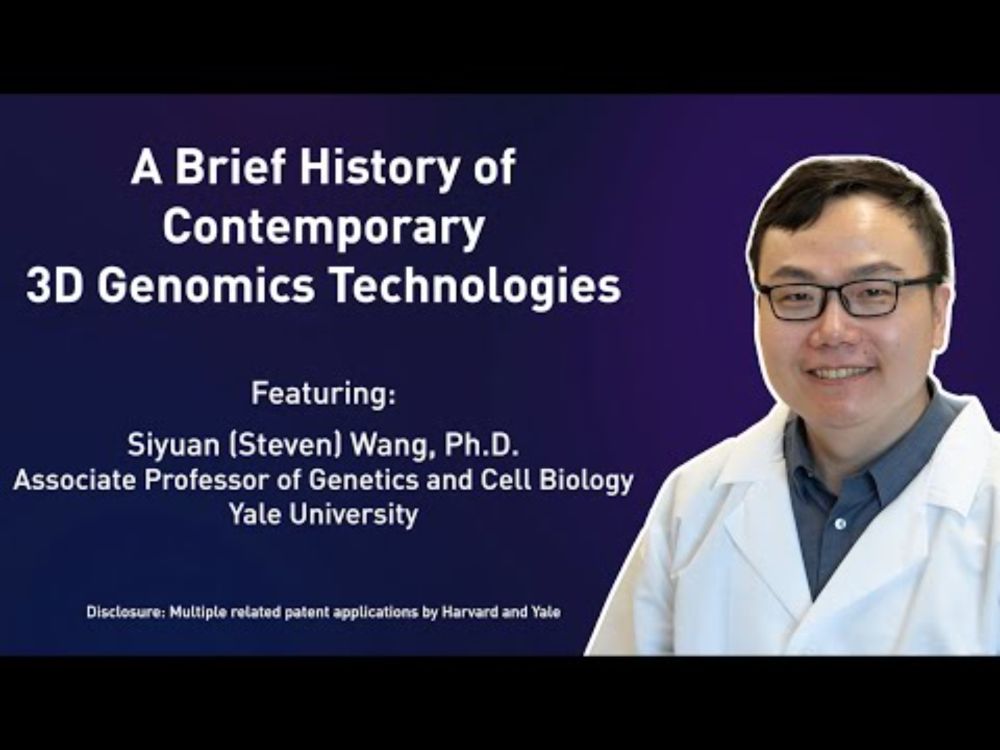Siyuan (Steven) Wang
@sstevenwang.bsky.social
22 followers
7 following
25 posts
Image-based spatial multi-omics. Associate Professor at Yale. NIH Director's New Innovator Awardee. MIT Technology Review 35 Innovators Under 35.
Posts
Media
Videos
Starter Packs
Reposted by Siyuan (Steven) Wang
Reposted by Siyuan (Steven) Wang
Nature Genetics
@natgenet.nature.com
· Aug 27

Tracing the evolution of single-cell 3D genomes in Kras-driven cancers - Nature Genetics
This study uses chromatin tracing to identify alterations in single-cell 3D genome conformation during the progression of Kras-driven mouse lung adenocarcinoma and pancreatic ductal adenocarcinoma, an...
www.nature.com
Reposted by Siyuan (Steven) Wang
Reposted by Siyuan (Steven) Wang
Reposted by Siyuan (Steven) Wang








